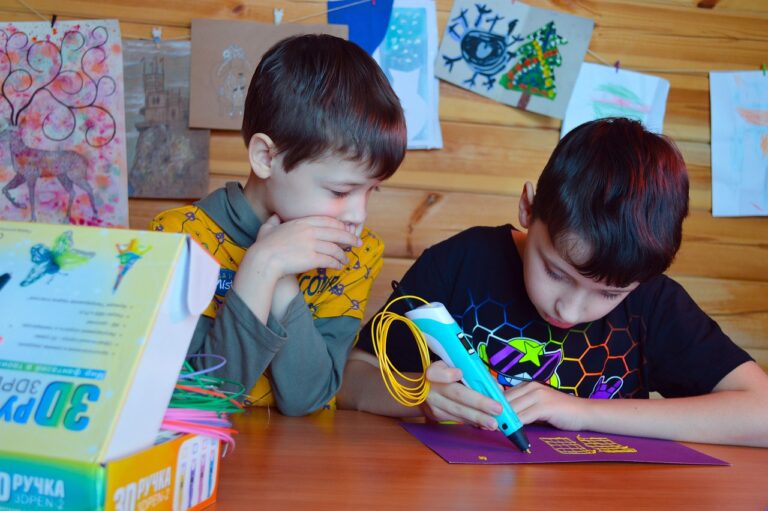Exploring the Flaws in Standardized Testing: Alternatives and Solutions
Standardized testing has roots that date back to as early as the 19th century in China. The first recorded standardized test was the imperial examination system, which was used to select civil servants based on their knowledge of Confucian classics. This method was later adopted by Western countries, including the United States, to assess students’ academic abilities on a national scale.
In the United States, the standardized testing system gained popularity in the mid-20th century with the introduction of the Scholastic Aptitude Test (SAT) and the ACT. These tests were initially designed to measure students’ aptitude for college-level work and to provide a standardized way to evaluate candidates from diverse educational backgrounds. Over the years, standardized testing has become a key component of the education system, with tests like the SAT and ACT playing a critical role in college admissions processes.
The Limitations of Standardized Testing
Standardized testing is a widely used method to assess students’ knowledge and skills in education systems around the world. However, these tests come with various limitations that can affect the overall assessment of students. One major limitation is that standardized tests do not always capture the full range of abilities and strengths that students possess. Students may excel in areas that are not adequately measured by the test, leading to an incomplete evaluation of their true potential.
Another limitation of standardized testing is that it can create unnecessary stress and anxiety for students. The high stakes associated with these tests can put immense pressure on students to perform well, which may not accurately reflect their actual abilities. This added stress can also have negative effects on students’ mental health and well-being, impacting their overall learning experience.
The Impact of Standardized Testing on Students
Standardized testing has become a pervasive aspect of the modern education system, shaping the academic journey of students from elementary school to higher education. As these tests are designed to measure a student’s proficiency in various subjects using a uniform set of questions and grading criteria, they can have a significant impact on students’ educational experiences. The pressure to perform well on standardized tests can induce stress and anxiety among students, leading to negative implications for their mental and emotional well-being. Additionally, the emphasis placed on these test results may overshadow other important aspects of education, such as critical thinking skills, creativity, and personal growth.
Moreover, the reliance on standardized testing as a primary assessment tool can limit the overall educational experience for students. Teachers may be compelled to “teach to the test,” focusing on preparing students to excel in standardized assessments rather than fostering a holistic learning environment. This narrow approach to education can hinder students’ ability to explore diverse interests, develop essential life skills, and cultivate a genuine passion for learning. As a result, the impact of standardized testing on students extends beyond academic performance to influence their overall educational development and future opportunities.





